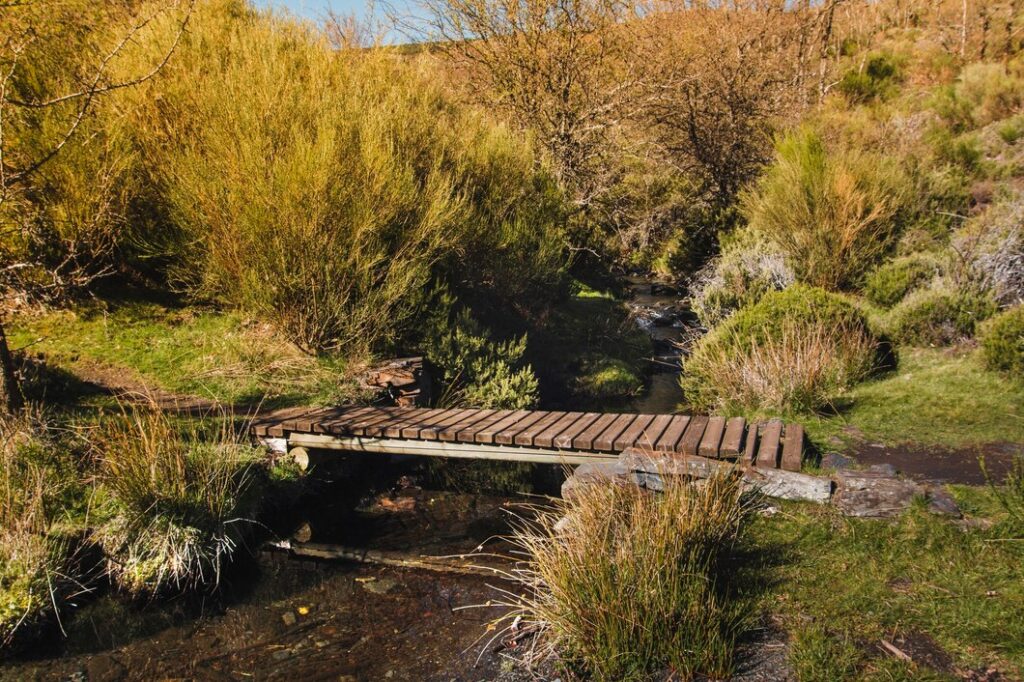Introduction
Nestled in the heart of California’s largest state park, Borrego Springs Weather is a desert oasis with a climate that’s both fascinating and extreme. Whether you’re planning a trip or just curious about its weather patterns, understanding Borrego Springs’ climate is essential. But what makes its weather so unique? The town experiences scorching summers, mild winters, and some of the clearest night skies in the country. Let’s dive into the details!
The Climate of Borrego Springs: A True Desert Experience
Dry and Hot Summers
Borrego Springs Weather is known for its intense summer heat, with temperatures regularly soaring past 100°F (37°C). The dry desert air makes it feel even hotter, creating an environment where outdoor activities become nearly impossible during peak daylight hours. The record high temperature in Borrego Springs stands at a staggering 122°F (50°C), emphasizing just how extreme the summers can get.
If you’re visiting during summer, Borrego Springs Weather hydration and sun protection are crucial. Locals and seasoned visitors typically plan their outdoor excursions early in the morning or late in the evening to avoid the oppressive midday heat.
One of the most fascinating aspects of Borrego Springs Weather’ summer is the monsoon season. While the area receives very little annual rainfall, July and August can bring sudden thunderstorms. These brief but intense storms offer a refreshing contrast to the usual dryness, occasionally bringing flash floods and lightning shows that illuminate the desert sky.

Mild and Pleasant Winters
Winter is arguably the best time to visit Borrego Springs Weather. Unlike its scorching summers, winter temperatures are much more bearable, ranging from the mid-60s to mid-70s°F (18-24°C) during the day. Nighttime temperatures, however, can drop significantly, sometimes reaching the low 40s°F (4-6°C).
The mild winter climate attracts visitors looking to escape the harsh cold of northern states. It’s the perfect season for hiking, exploring the Anza-Borrego Desert State Park, Borrego Springs Weather and stargazing under some of the clearest skies in the country. Unlike many other destinations, Borrego Springs remains relatively uncrowded, making it an ideal getaway for those seeking tranquility.
Spring Blooms and Desert Beauty
Spring in Borrego Springs Weather is truly a sight to behold, especially if conditions are right for a super bloom. If winter brings enough rainfall, the desert comes alive with vibrant wildflowers, transforming the arid landscape into a stunning tapestry of color. The temperature during spring is comfortable, usually ranging from the mid-70s to mid-80s°F (24-30°C), making it another excellent time for outdoor activities.
Photographers and nature enthusiasts flock to the area during this time to witness the fleeting beauty of the desert bloom. Borrego Springs Weather However, predicting a super bloom is tricky, as it depends heavily on rainfall amounts and temperatures leading up to spring.
Fall: The Transition Season
Fall in Borrego Springs Weather signals a gradual shift from the summer heat to winter’s coolness. September and October can still feel quite warm, with temperatures in the high 80s and 90s°F (30-35°C). By November, the weather becomes much more comfortable, hovering in the 70s°F (21-26°C) range.
Fall is a great time to visit if you want to avoid both the peak summer heat and the winter crowds. The landscape is still dry, but the cooler evenings provide a pleasant contrast to the daytime warmth.
The Impact of Borrego Springs’ Weather on Wildlife
Borrego Springs’ climate plays a crucial role in shaping its unique ecosystem. Many animals and plants have adapted to survive the harsh desert conditions.
Wildlife Adaptations
From the resilient desert bighorn sheep to nocturnal creatures like coyotes and kit foxes, Borrego Springs is home to wildlife that has evolved to withstand extreme temperatures. Many animals are most active during the cooler parts of the day or at night to avoid the scorching heat.
Flora of the Desert
Despite the arid conditions, Borrego Springs boasts a variety of plant life. Cacti, ocotillos, and creosote bushes are just a few examples of the hardy vegetation that thrives in this desert environment. During the rare super bloom, wildflowers like desert lilies and sand verbena create a breathtaking spectacle.
Best Time to Visit Borrego Springs Based on Weather
If you’re planning a trip to Borrego Springs, timing is everything.
- Best Overall Time: November to March, when temperatures are mild and ideal for outdoor activities.
- For Wildflower Viewing: March and April, especially after a rainy winter.
- For Stargazing: Anytime, but winter offers the clearest skies with minimal heat distortion.
- For Adventurers: Fall and spring offer a balance between warmth and comfort, perfect for hiking and exploring.
How to Prepare for Borrego Springs Weather
Clothing and Gear Recommendations
- Summer: Lightweight, breathable clothing, a wide-brimmed hat, sunglasses, and plenty of sunscreen.
- Winter: Layers, as daytime can be warm but nights get chilly.
- Hiking Essentials: Water, a map or GPS, and sturdy hiking boots are must-haves year-round.
- For Monsoon Season: If visiting in summer, be aware of flash flood warnings and plan accordingly.
Staying Safe in Extreme Conditions
- Hydration: Always carry extra water, as dehydration can set in quickly.
- Sun Protection: Avoid direct sunlight during peak hours (10 AM – 4 PM) in summer.
- Emergency Preparedness: Cell service can be spotty, so a backup communication plan is advised.
Conclusion:
Borrego Springs’ weather is as dynamic as its landscape, offering something unique in every season. Whether you’re drawn to the winter’s mild temperatures, the vibrant spring bloom, or the clear desert night skies, understanding the climate will help you make the most of your visit. So pack your bags, plan accordingly, and get ready to experience one of California’s most intriguing desert destinations!

